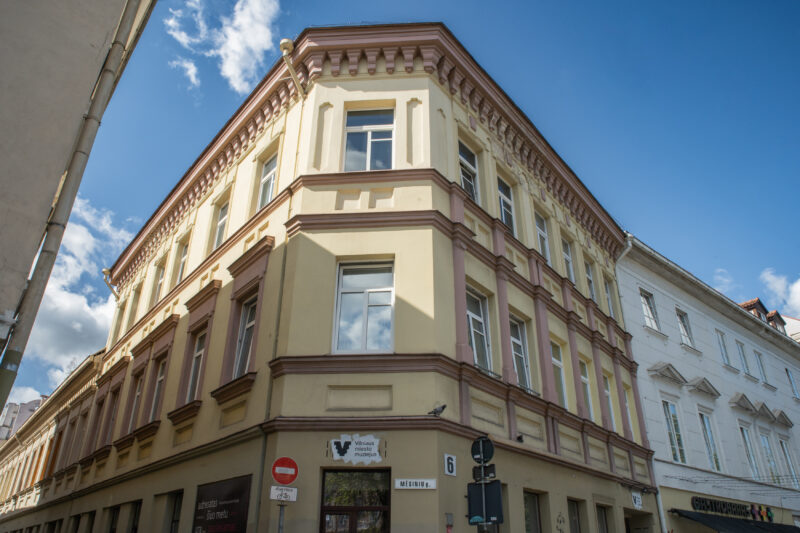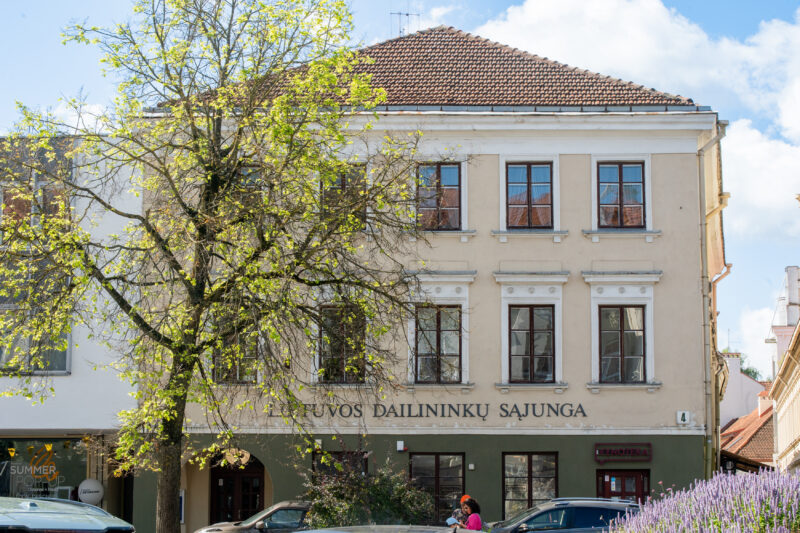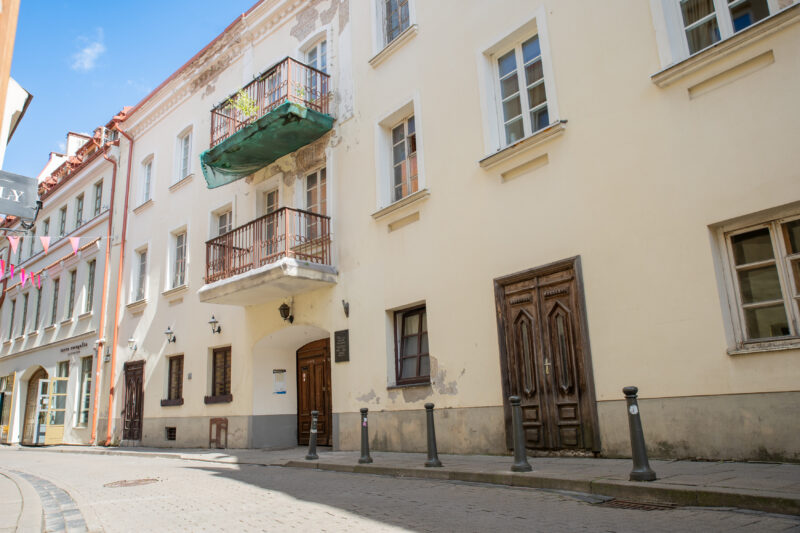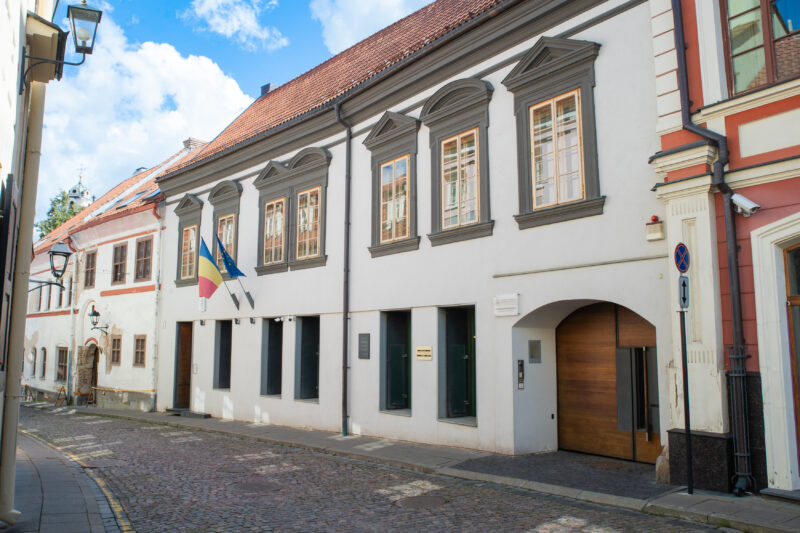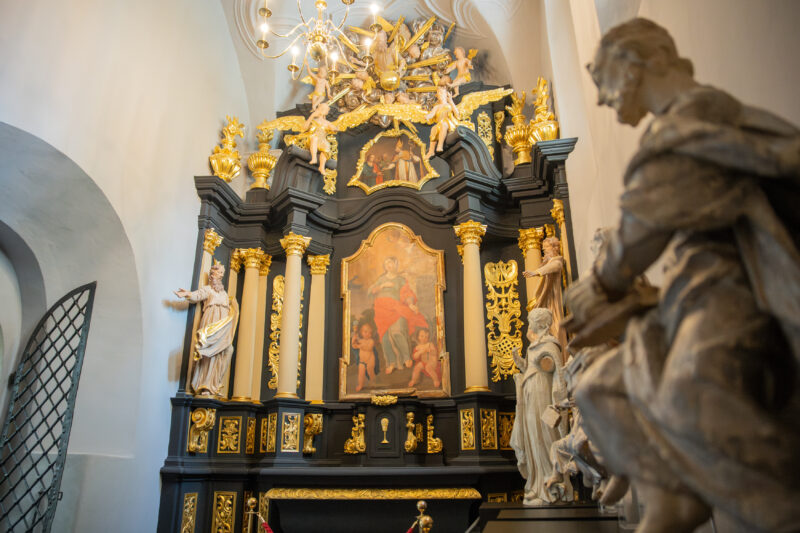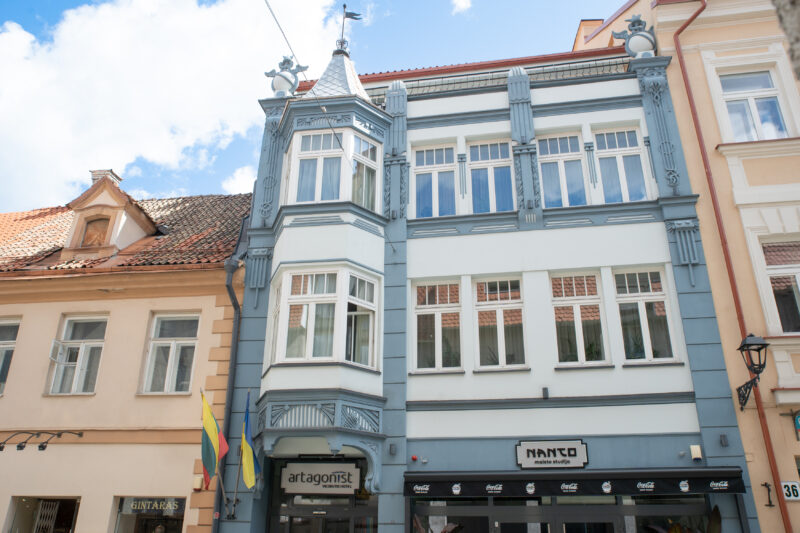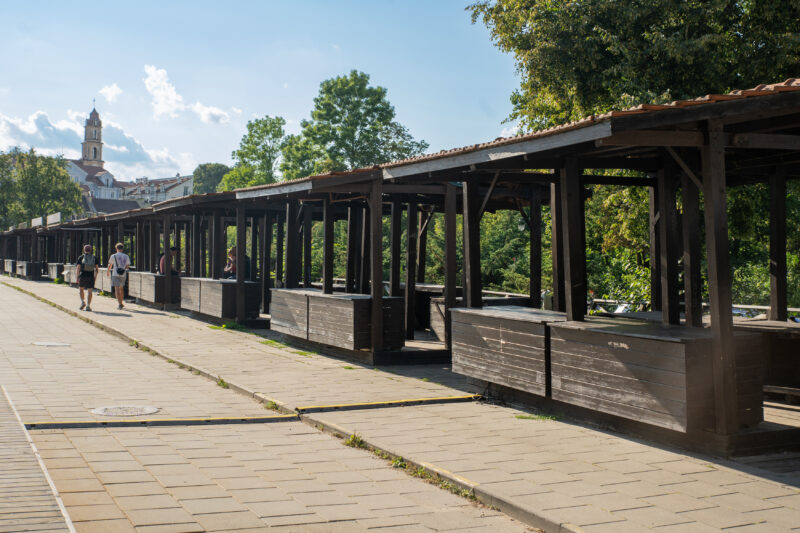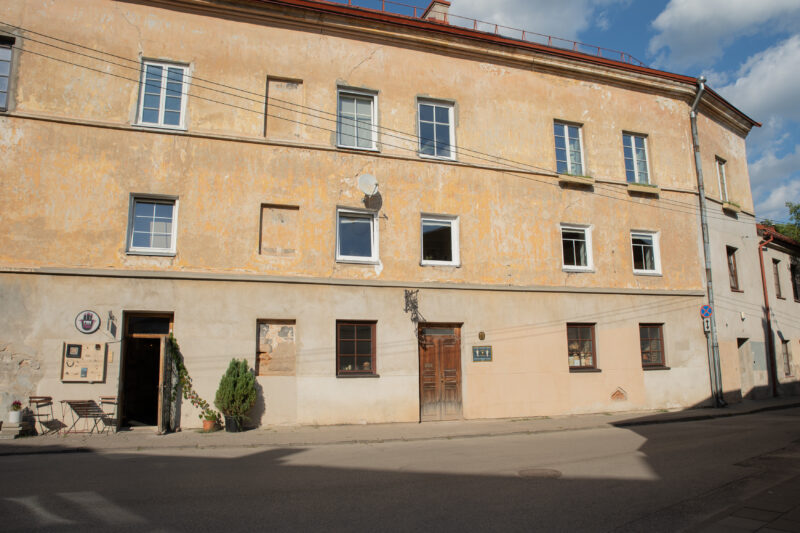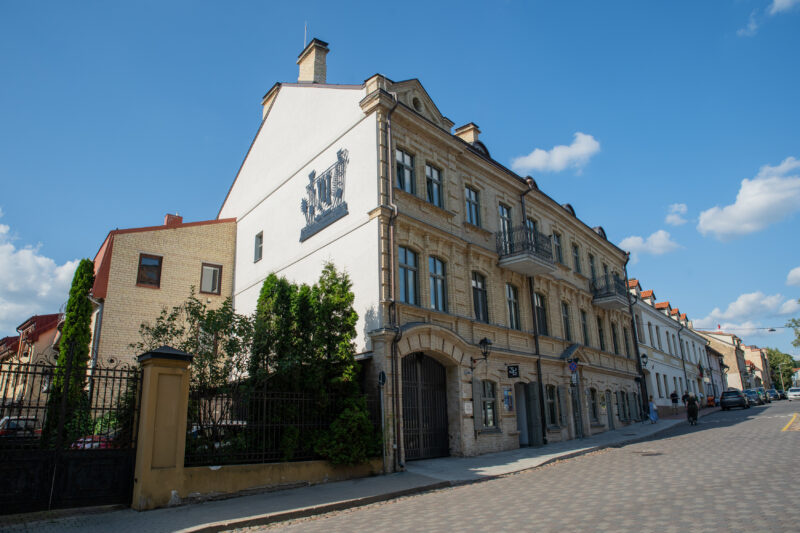The Baltic tribes used their own tools, household utensils, weapons, jewellery, and textiles in ancient times. Lithuanians were not only good farmers and livestock breeders, but also skilled craftsmen. In the Middle Ages, crafts developed rapidly in towns, especially in Vilnius, which became the centre of Lithuanian craftsmanship. In 1323, at the invitation of Gediminas, Grand Duke of Lithuania, craftsmen from various countries came to Vilnius to enjoy privileges and favourable trading conditions. From 1495, they formed craft guilds that trained craftsmen and protected their interests.
The guilds guaranteed economic and social security for each member. The rules they laid down regulated the working hours of craftsmen, production techniques, the supply of raw materials, the quality control of products, sales and prices, the number of workers, changes in their working status, the admission of new members, as well as the regulation of conflicts and administration of penalties.
The richer guilds had their own houses, where the ruler’s privileges, the guild’s money, weapons, flags, and musical instruments were kept. Guild houses were not only used for guild business but also for entertaining, dancing, playing cards or dice games, or drinking beer, mead or vodka with their families. Many guilds had their own breweries or distilleries.
The professional obligations of the craftsmen, of course, required them to be active within their trade, and they were also expected to play a prominent role in social and religious life. At various ceremonies or processions, craftsmen marched carrying their banners – the older the guild, the more prestigious and honourable their place in the procession. Almost all craft guilds had altars or chapels in their churches, which they took care of and maintained. Each guild competed to display the degree of piety and devotion of its members through the splendour and richness of the altar. At the same time, it also reflected the wealth of the community.
By the early 19th century, the guilds had begun to disappear with the emergence of a new competitive force: factories.



